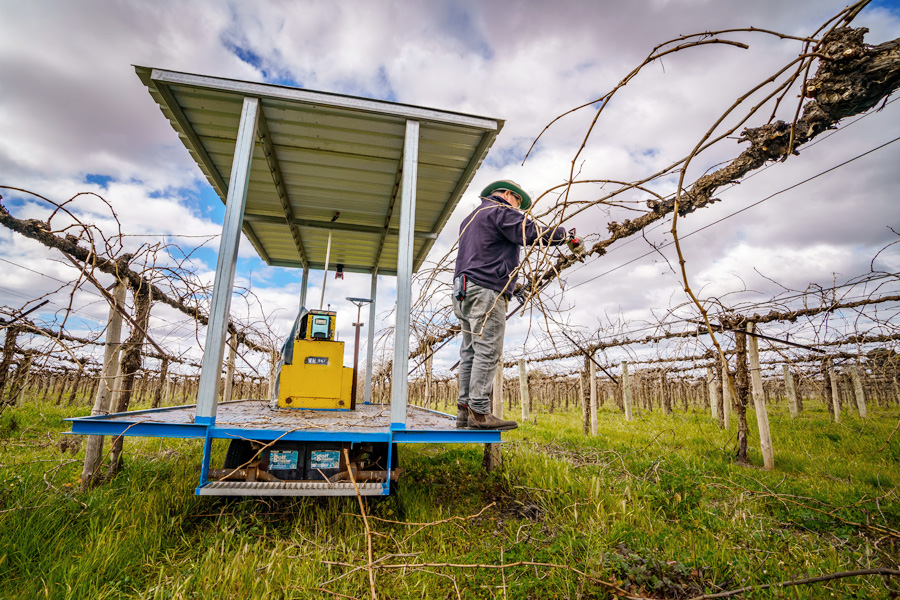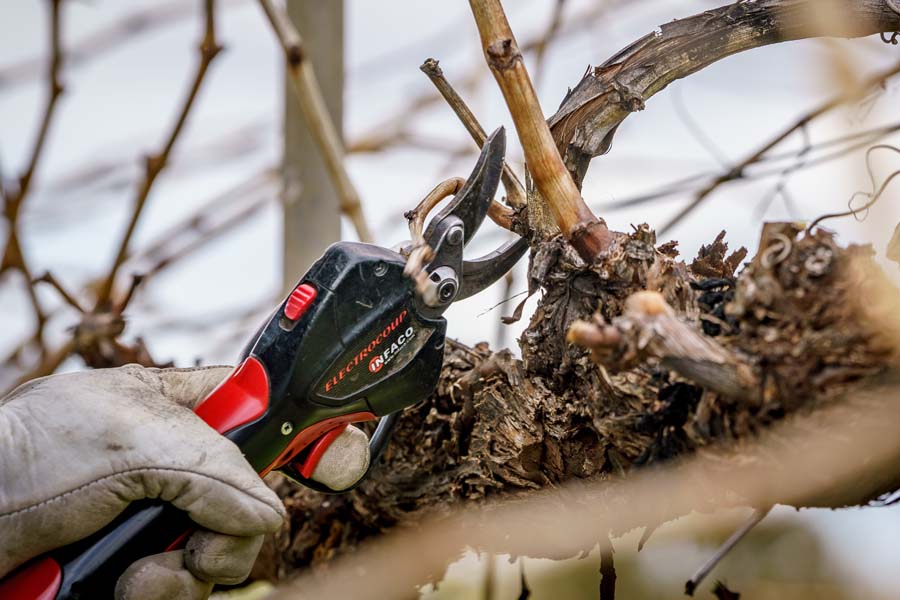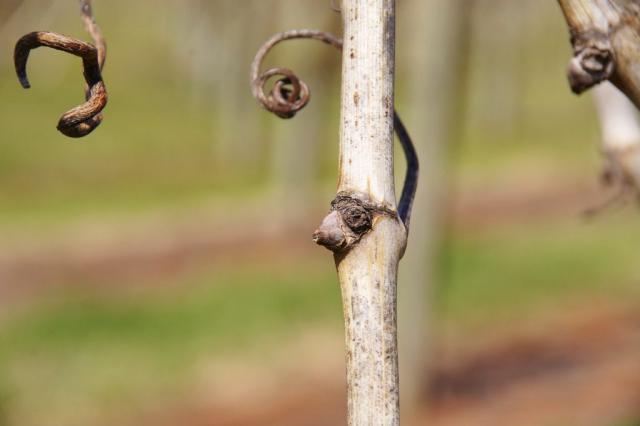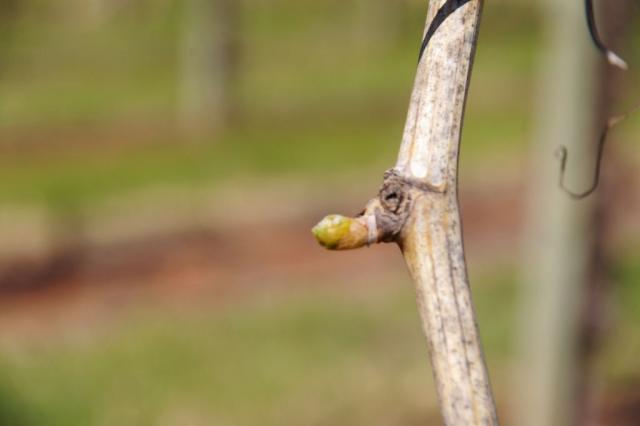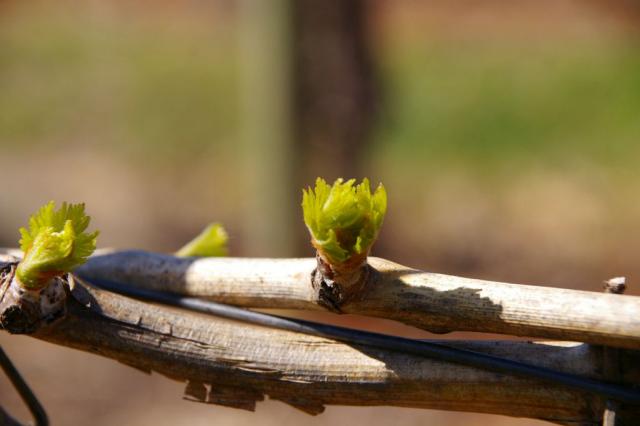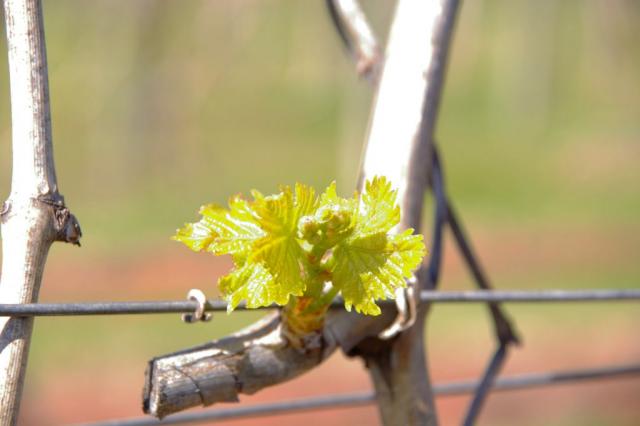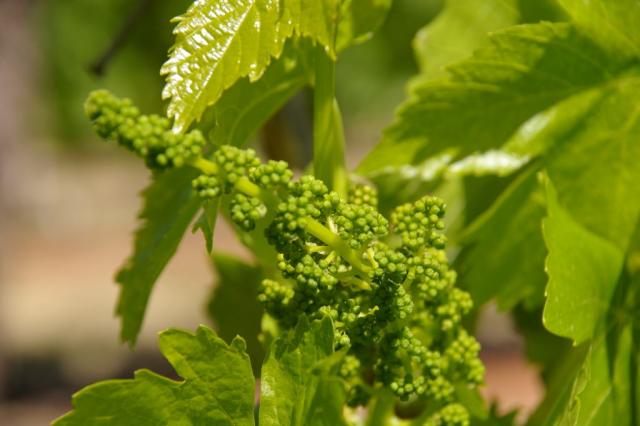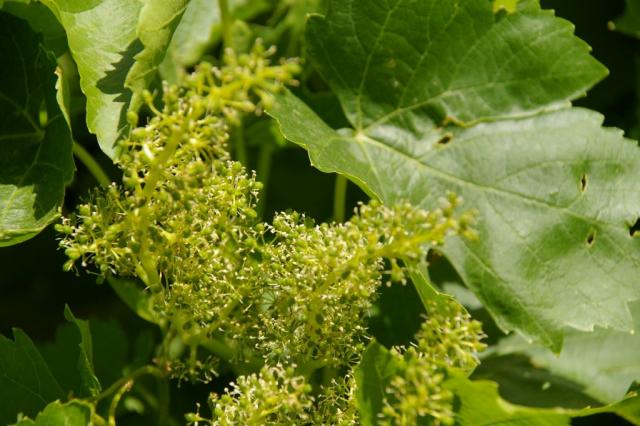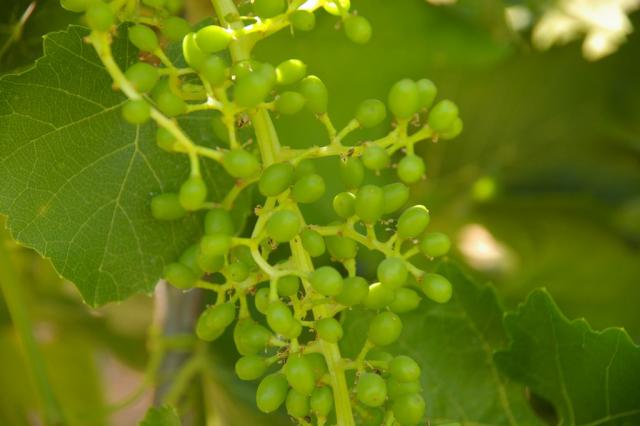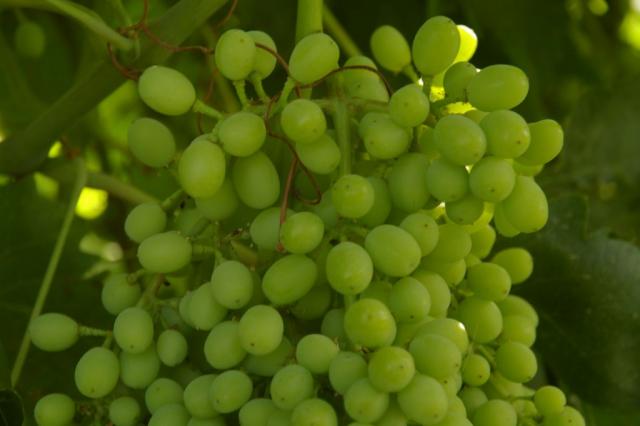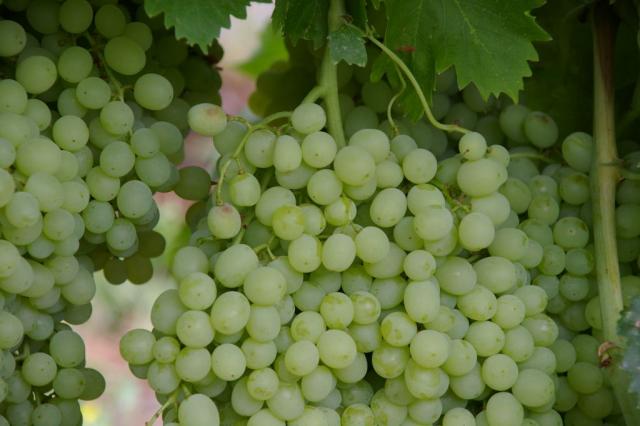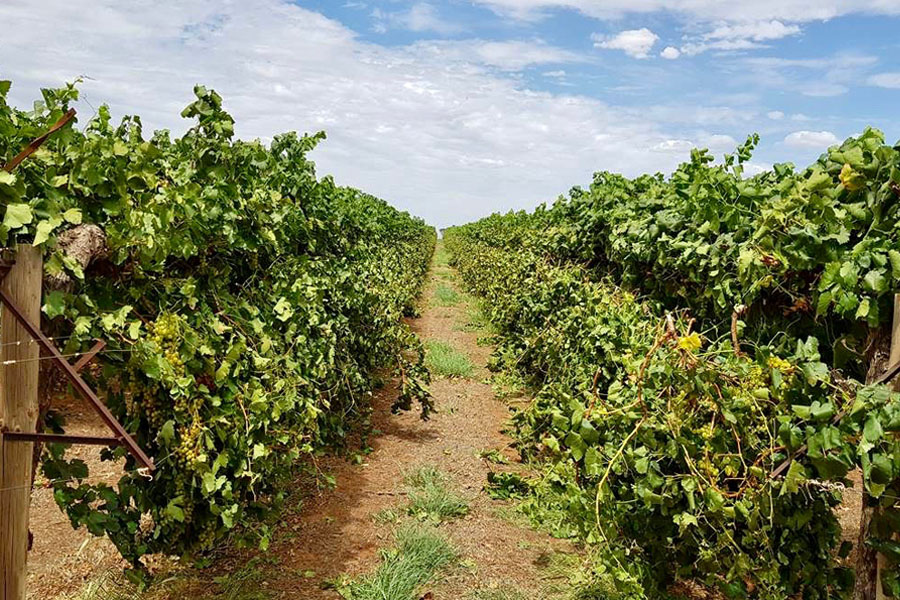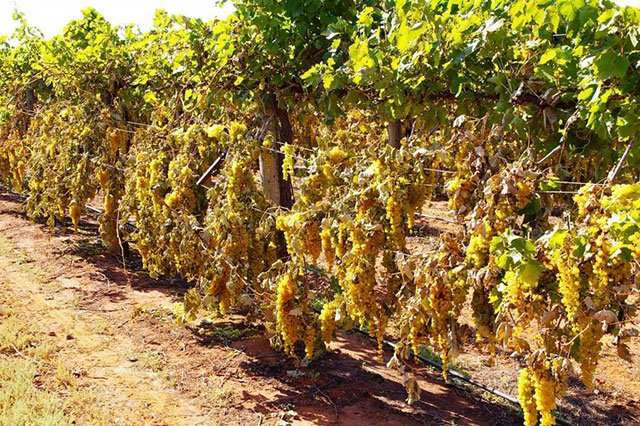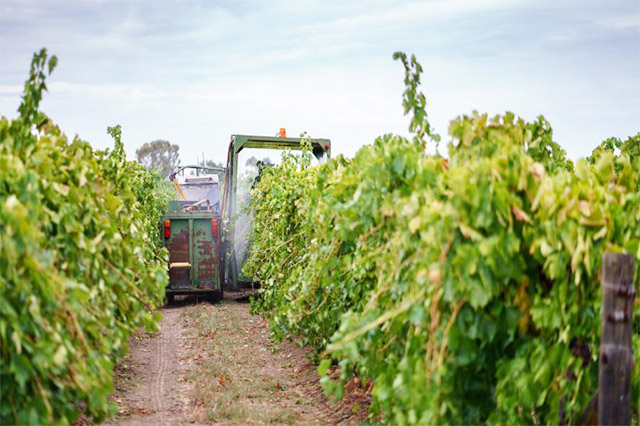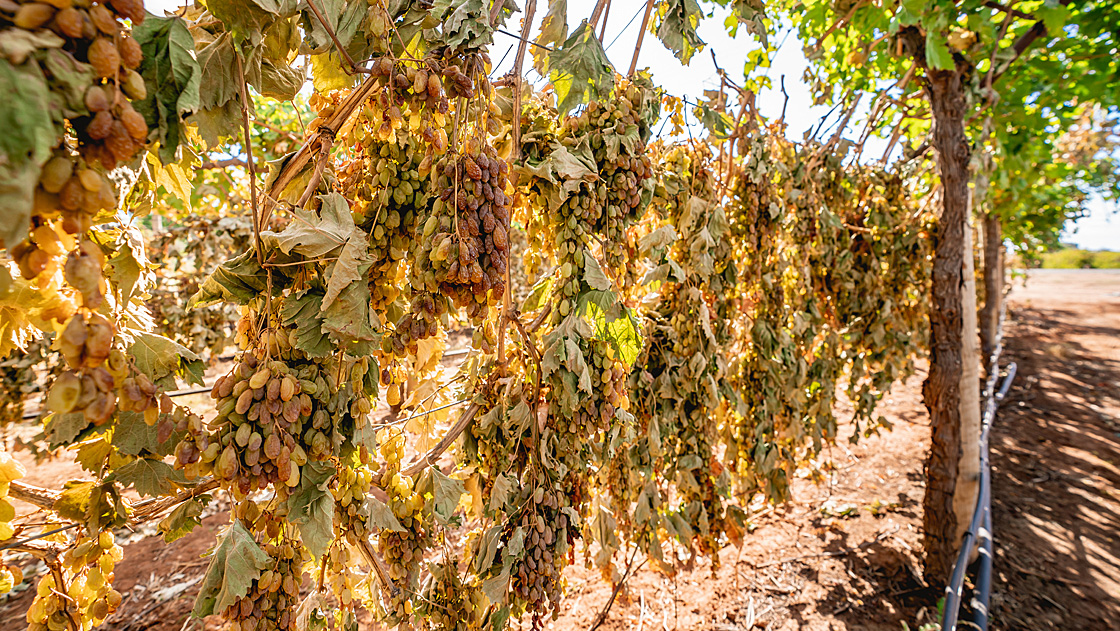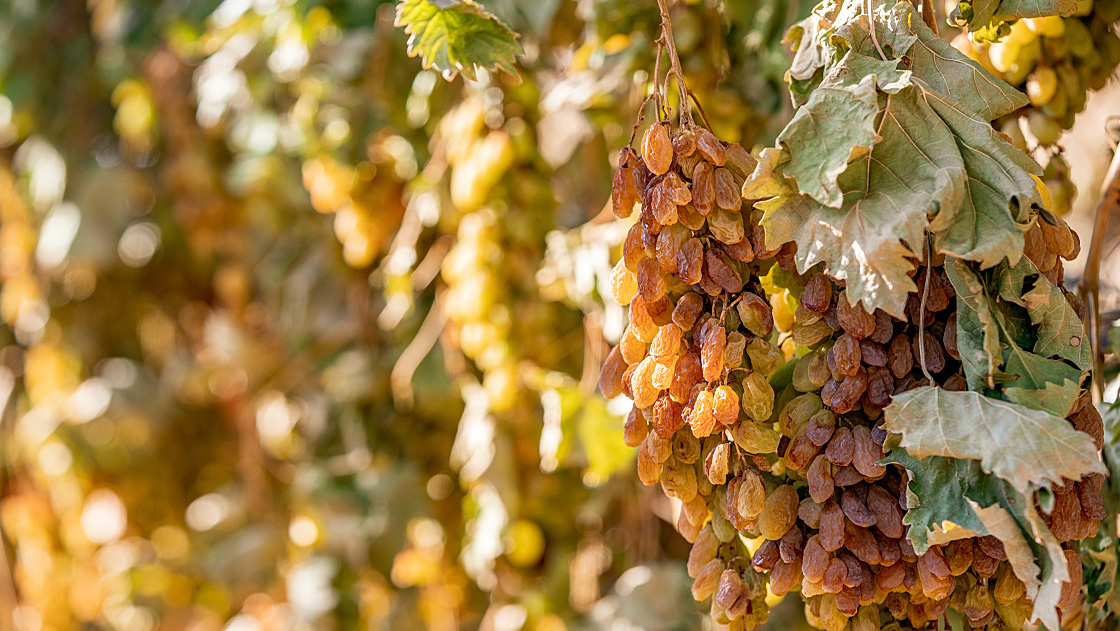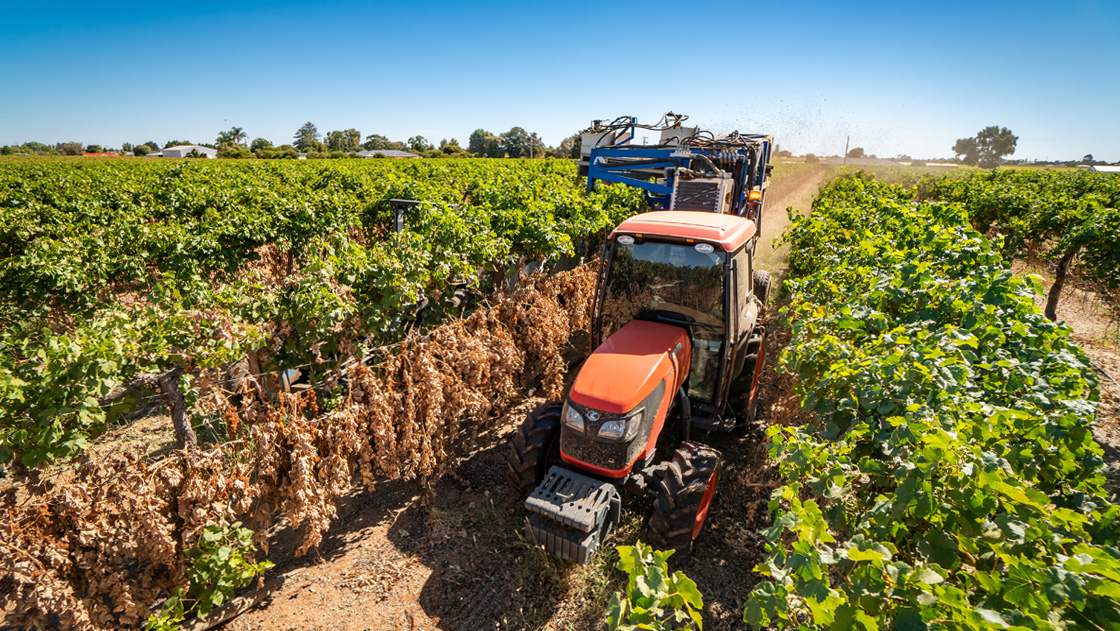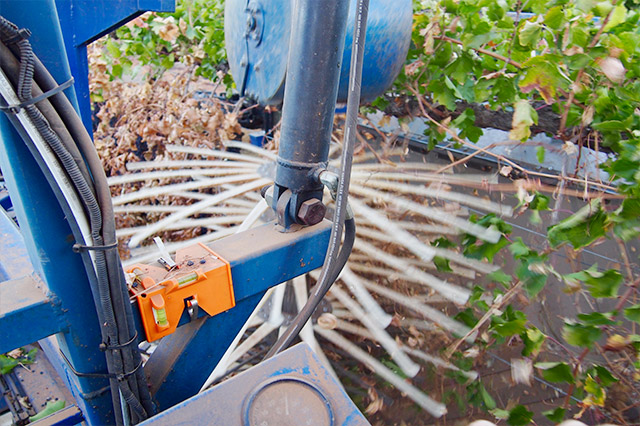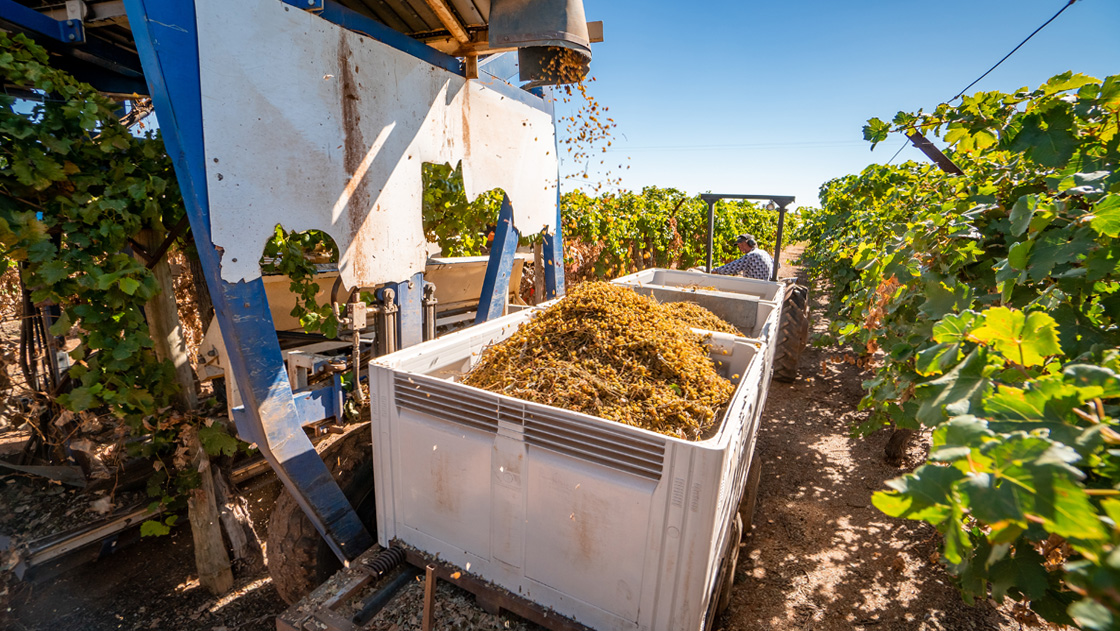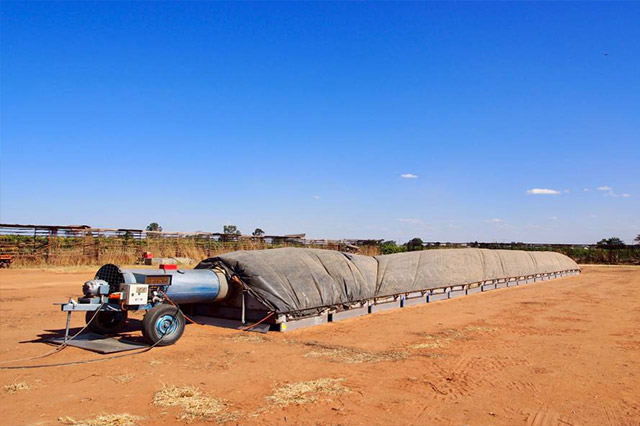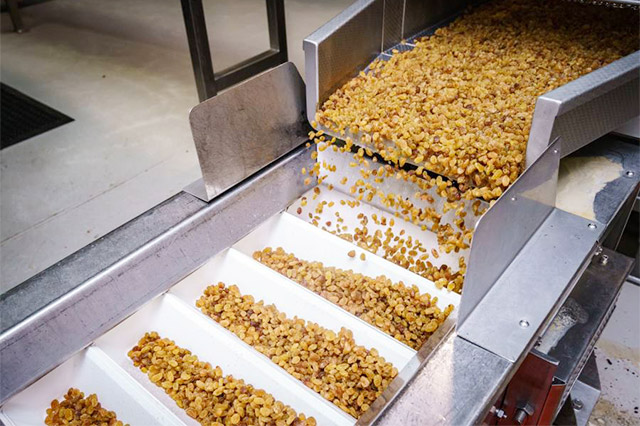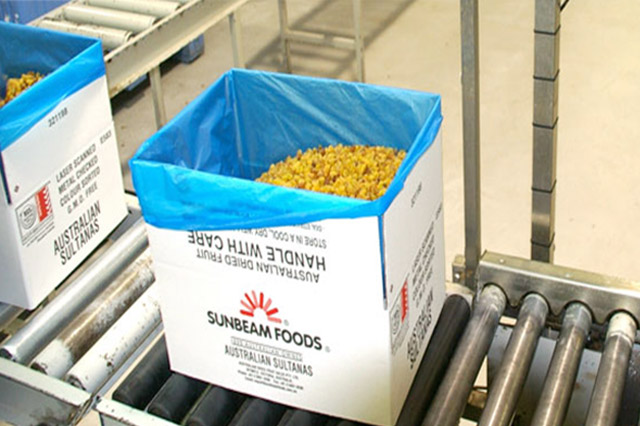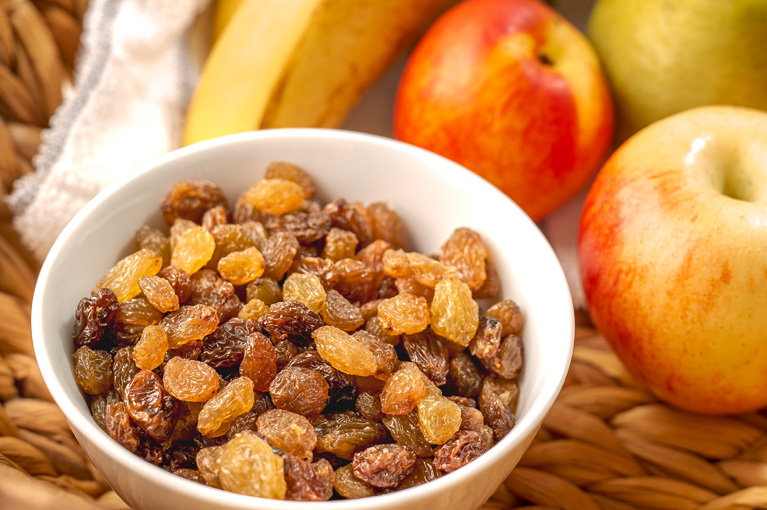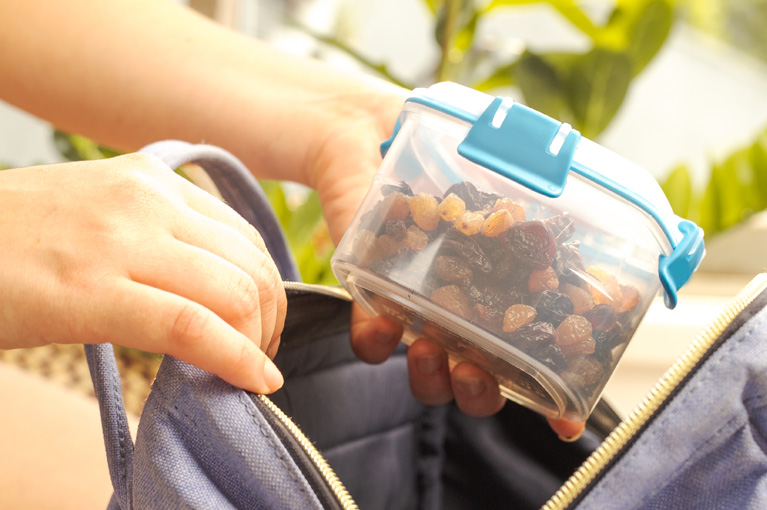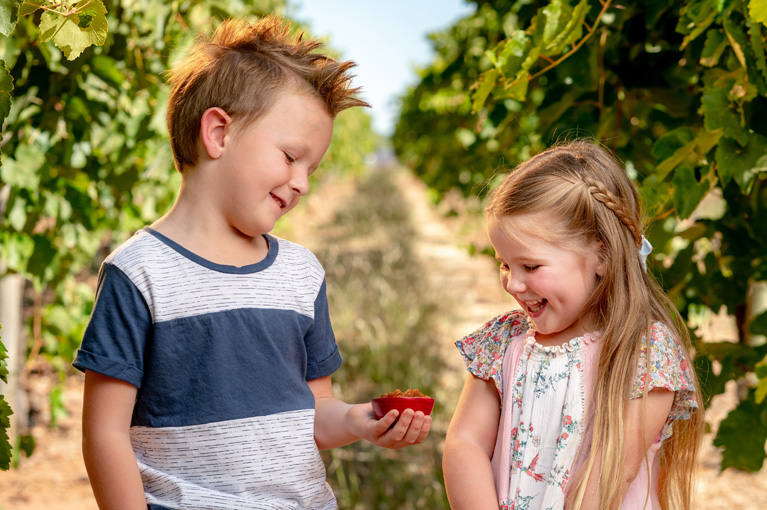FROM VINE TO PLATE

The Australian dried grape industry strives for innovation, ensuring its processes are efficient, sustainable and fair.
The high quality of Australian dried grapes is ensured from vine to plate. A natural and fully automated process means the customer’s hands are the first and only to come into contact with the fruit.
AUSTRALIAN DRIED GRAPES
PREPARING FOR THE SEASON
The year effectively begins in autumn when harvest is complete because that’s when the vines lose their leaves and get ready for a new growing season.
Winter is a busy time for growers as vines are pruned, old canes are removed from the trellises, and new canes are selected to bear the next season’s crop.
VINES COME TO LIFE
Grapevines burst into life from early September and go through a series of growth stages throughout spring.
First, young shoots appear and develop clusters of flowers that blossom into berries, which are small, hard and green. Over spring and early summer, the grapes grow and ripen, and their sugar content increases.
DRYING AND HARVEST
Harvest begins in late summer to early autumn (February/March) when grapes are ripe.
Most growers use the trellis drying method, where grapes are dried on the vine before being harvested mechanically. Trellis drying is sometimes known as summer pruning and was developed in the late 1960s by the CSIRO. Fruiting canes are cut to separate the bulk of grape bunches from the vine, and the fruit is sprayed with a food-grade drying emulsion. This emulsion of potassium carbonate and a refined vegetable oil alters the wax layer on the grape and allows the moisture in the berries to move out through the skin, locking in natural sugars.
Bunches are ready to be harvested around three weeks later when the fruit has dried to about 16 per cent moisture content and the stems are brittle. A harvester moves along the rows, shaking fruit from the vine and removing dry leaves and sticks at the same time. The fruit is then collected in large bins and finish-dried in dehydrators.
The production of Australian dried grapes is unique. Fruit never touches the ground at any stage of the process, eliminating foreign materials. Grapes are dried naturally under the hot sun without the use of sulphur, additives or artificial colour.
PREPARING FRUIT FOR SALE
Dried fruit is taken to a local, state-of-the-art processing company for grading, cleaning and packing. The fruit is checked carefully to ensure it meets rigorous quality standards, then it is cleaned and all unwanted vine material is removed.
Fruit is then packaged for sale in Australia and overseas.
EATING DRIED FRUIT AT HOME
Australia’s green environment and unique varieties ensure our dried grapes are naturally sweet and full of flavour. They make a great healthy snack and can be used in sweet and savoury dishes.
Dried grapes are best stored in a dry and well-ventilated area, at 10–15°C.


